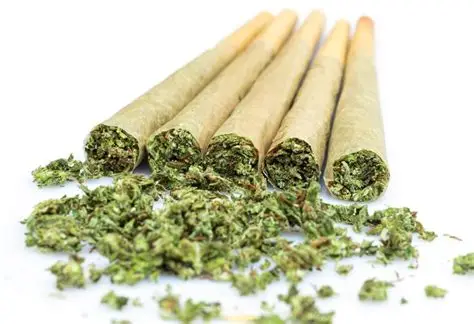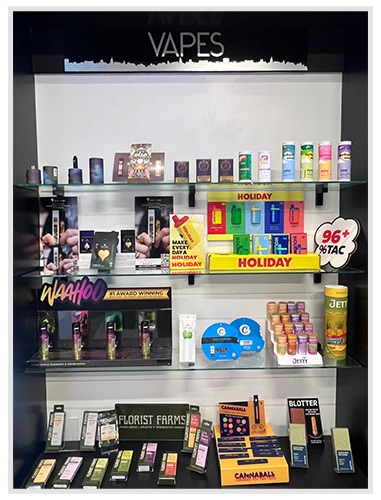Pre-Rolls Upper East Side: Find Top-Shelf Options at Liberty Buds

Pre-Rolls Upper East Side: Find Top-Shelf Options at Liberty BudsSmoking a pre-roll remains one of the most iconic and enjoyable ways to consume cannabis. For Upper East Side customers, Liberty Buds offers a top-tier lineup of single joints, multi-packs, and infused options—all lab-tested and easy to pick up. If you’re searching for premium pre-rolls Upper […]
Closest Dispensary UES: Shop Fast, Legal Cannabis at Liberty Buds

Closest Dispensary UES: Shop Fast, Legal Cannabis at Liberty BudsUpper East Side cannabis consumers want more than convenience. They want trust, speed, safety, and high-quality product. Whether you’re a regular user or just exploring the world of legal cannabis, finding the closest dispensary UES that meets New York State’s compliance and quality expectations is essential. […]
Vape Cartridges Roosevelt Island Shoppers Love from Liberty Buds

Vape Cartridges Roosevelt Island: Where to Buy Premium VapesWhen it comes to vape cartridges Roosevelt Island shoppers can trust, Liberty Buds offers an unmatched experience. Whether you’re looking for convenience, potency, or variety, the vape cartridges Roosevelt Island locals find at Liberty Buds meet high standards for compliance and quality. These products are not only […]
Weed Shop Near Me: Liberty Buds in Midtown East

Weed Shop Near Me: Liberty Buds in Midtown East Looking for a weed shop near me in Midtown East? Liberty Buds offers a premium cannabis experience tailored for New Yorkers who demand top-shelf flower, reliable service, and trusted brands. Whether you’re on your lunch break, heading home, or just exploring Manhattan, Liberty Buds is the […]
Cannabis Delivery Roosevelt Island: Liberty Buds Is Just Minutes Away

Cannabis Delivery Roosevelt Island Residents Can Rely On Hi there! I’m Alex, one of the budtenders at Liberty Buds, and if you live on Roosevelt Island, I’ve got good news. We’re not just your neighbors—we’re your most convenient option for cannabis delivery Roosevelt Island residents can count on. Located just across the East River at […]
Breaking Myths: Debunking Common Misconceptions about Cannabis

Myth: Marijuana is not addictive This manual began by addressing the myth that the first time someone uses they don’t usually experience the negative things that they have been told as a youth. This many times leads one to doubt the harmful effects and continue to use the drug. The most popular myth to explore […]
Choosing the Right Edible for You

When it comes to choosing the right edible and edible form, it’s important to consider the cannabinoid ratio, which is the ratio of THC to other cannabinoids like CBD. Experienced consumers may prefer a higher THC ratio for a more intense cannabis experience, while those with medical conditions may benefit from a 1-to-1 ratio or […]
Breaking Myths: Debunking Common Misconceptions about Cannabis

“Today’s marijuana is more potent than it was in previous generations” It is absolutely a lot stronger. The amount of the main psychoactive in marijuana — a chemical called tetrahydrocannabinol, or THC — has skyrocketed because of advances in plant breeding and purification over the last few decades. This is not your parents’ marijuana and […]

